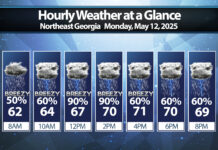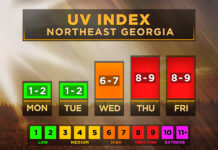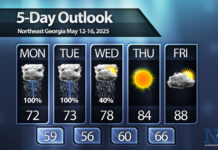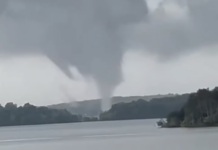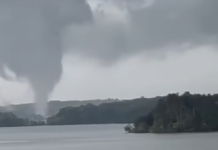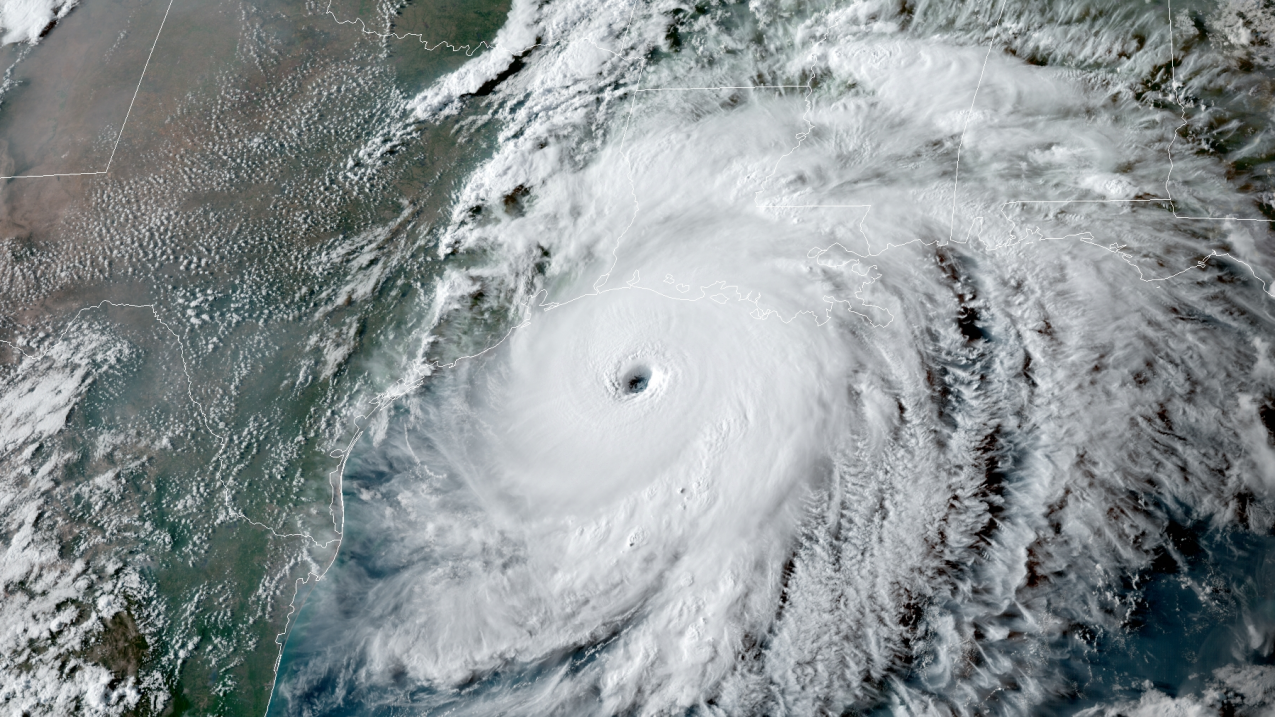
Hurricane season is now officially underway and forecasters predict it will be active.
Who could have imagined that living in the North Georgia mountains we’d have to watch out for hurricanes? But if the last several years have taught us anything, it’s that mountain living is not immune from what we traditionally view as beach hazards.
Historic floods and winds wrought by the remnants of Hurricanes Delta and Zeta last year caused millions of dollars in damage to area businesses, homes, and infrastructure.

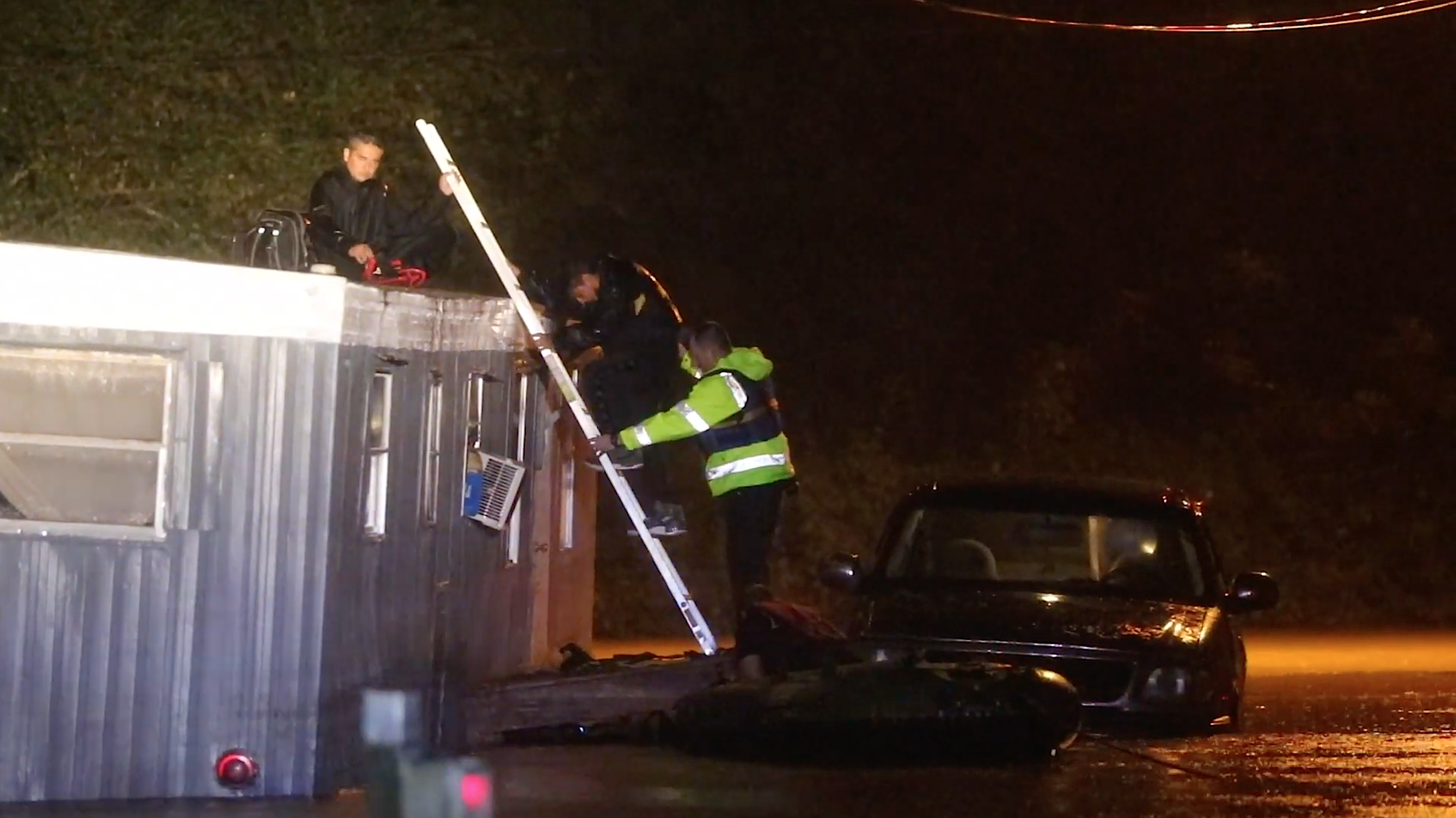
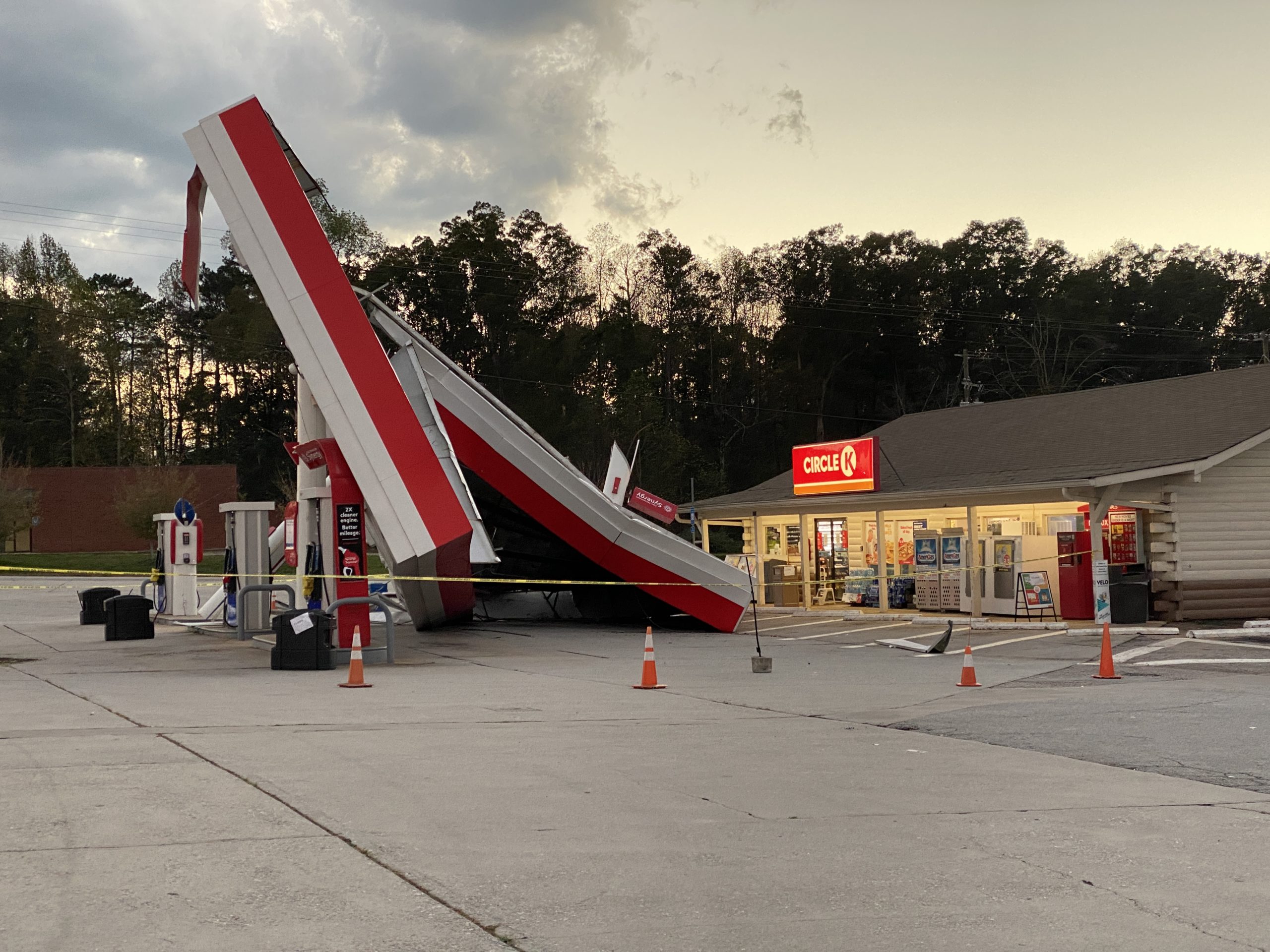
Now, with most of that damage repaired, hurricane season is once again upon us.
The National Oceanic and Atmospheric Administration last month released its projections for this year. Forecasters predict a 60% chance of an above-normal season, a 30% chance of a near-normal season, and a 10% chance of a below-normal season. However, experts do not anticipate the historic level of storm activity seen in 2020.
For 2021, NOAA predicts with 70% confidence a likely range of 13 to 20 named storms (winds of 39 mph or higher), of which 6 to 10 could become hurricanes (winds of 74 mph or higher), including 3 to 5 major hurricanes (category 3, 4 or 5; with winds of 111 mph or higher).
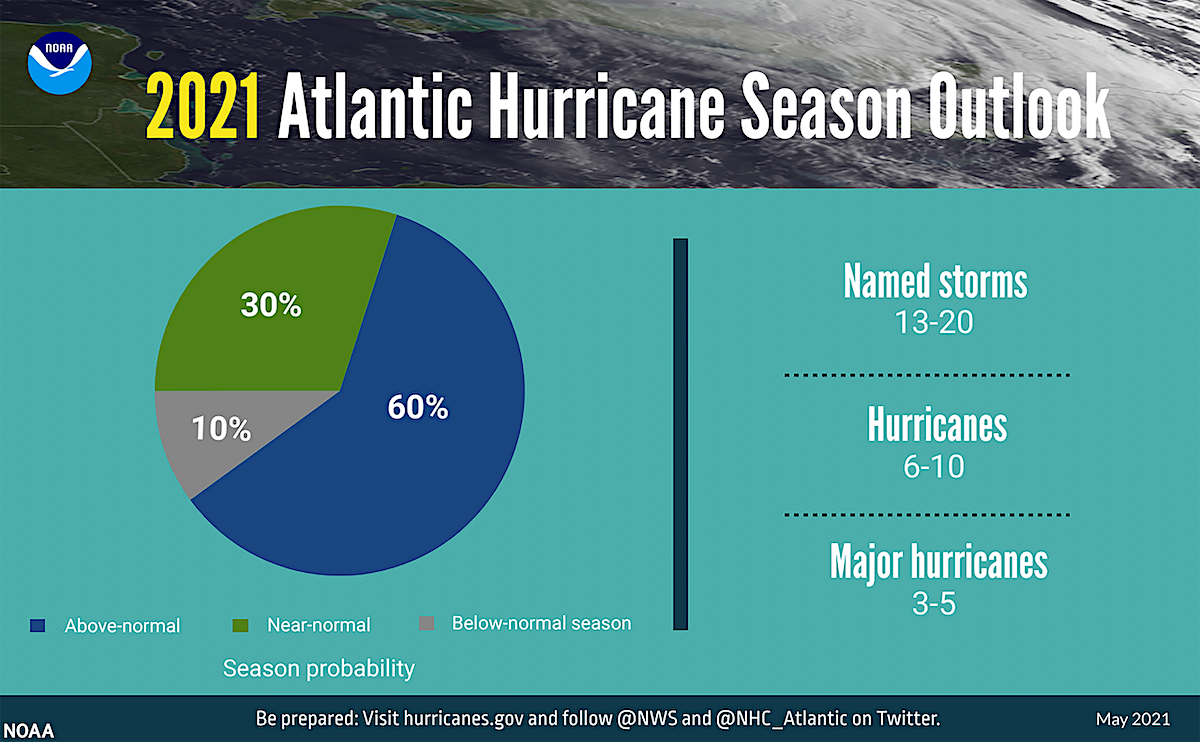
“Now is the time for communities along the coastline as well as inland to get prepared for the dangers that hurricanes can bring,” says Secretary of Commerce Gina Raimondo.
In April, NOAA updated the statistics used to determine when hurricane seasons are above-, near-, or below-average relative to the latest climate record. Based on this update an average hurricane season produces 14 named storms, of which 7 become hurricanes, including 3 major hurricanes.
El Nino Southern Oscillation (ENSO) conditions are currently in the neutral phase, with the possibility of the return of La Nina later in the hurricane season.
“ENSO-neutral and La Nina support the conditions associated with the ongoing high-activity era,” says Matthew Rosencrans, lead seasonal hurricane forecaster at NOAA’s Climate Prediction Center. “Predicted warmer-than-average sea surface temperatures in the tropical Atlantic Ocean and Caribbean Sea, weaker tropical Atlantic trade winds, and an enhanced west African monsoon will likely be factors in this year’s overall activity.”
Scientists at NOAA also continue to study how climate change is impacting the strength and frequency of tropical cyclones.
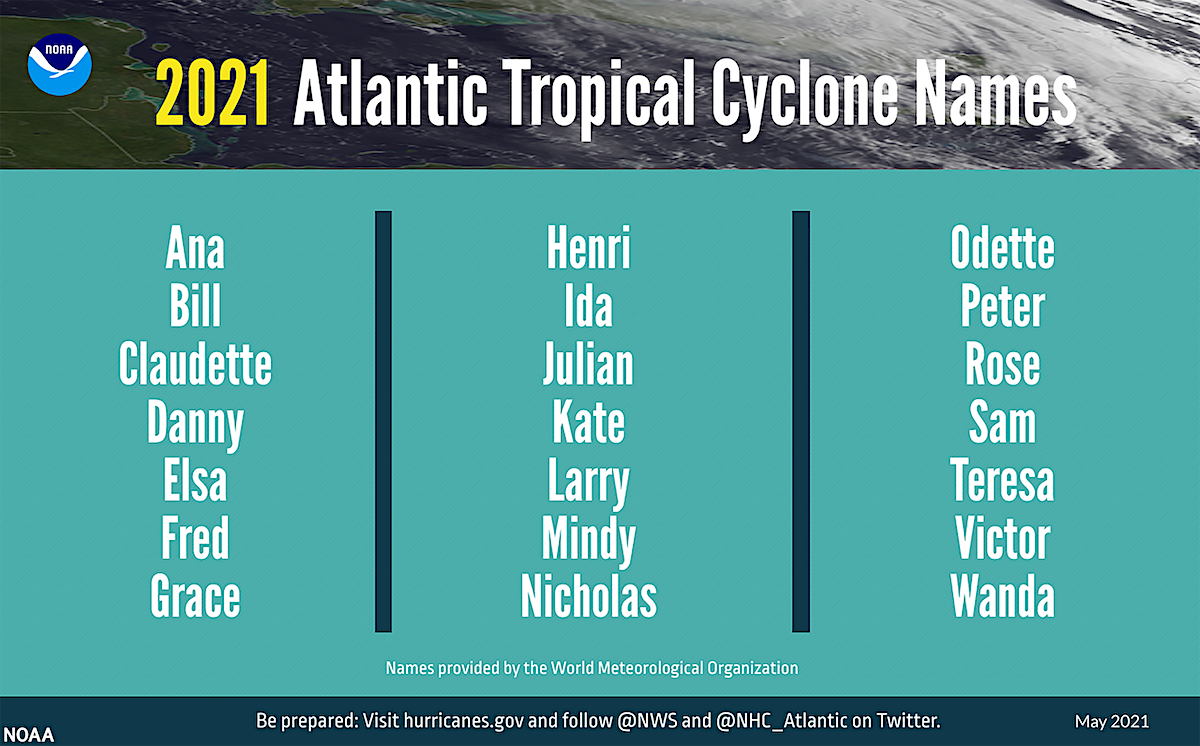
“Although NOAA scientists don’t expect this season to be as busy as last year, it only takes one storm to devastate a community,” says acting NOAA administrator Ben Friedman.
FEMA Administrator Deanne Criswell urges communities and individuals to prepare now for hurricane season. She encourages the public to use online resources such as Ready.gov and Listo.gov. There’s also a FEMA app available that allows you to sign-up for a variety of alerts and to access preparedness information.
“Purchase flood insurance to protect your greatest asset, your home,” advises Criswell. “And, please encourage your neighbors, friends and coworkers to also get ready for the upcoming season.”
The Atlantic hurricane season extends from June 1 through November 30. To stay current on watches and warnings throughout the season, visit the National Hurricane Center’s website at hurricanes.gov.


